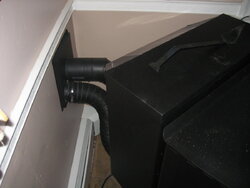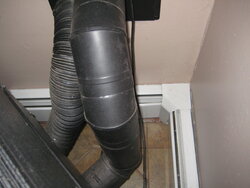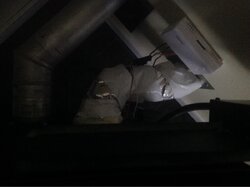womaus
Feeling the Heat
My recent OA install. Got the flex tubing from HD in the house vacuum dept..then it transitions to PVC at the wall. View attachment 166186View attachment 166187
What size flex tubing? I believe it should be 2 3/8"?
I expect I'll try one of the auto part stores for exhaust metal flex hose.







